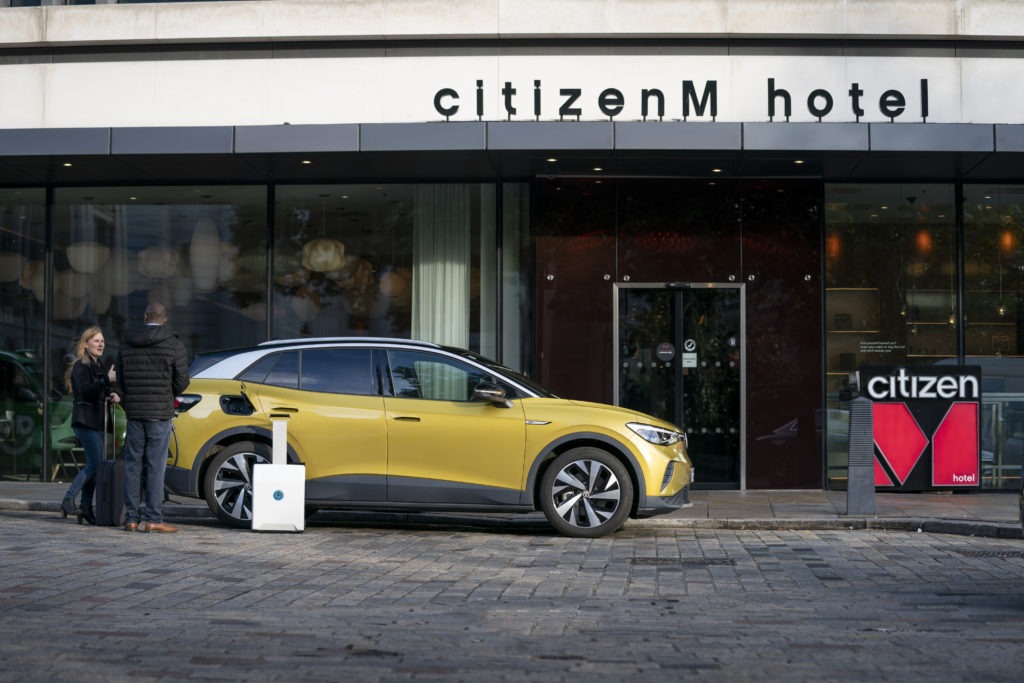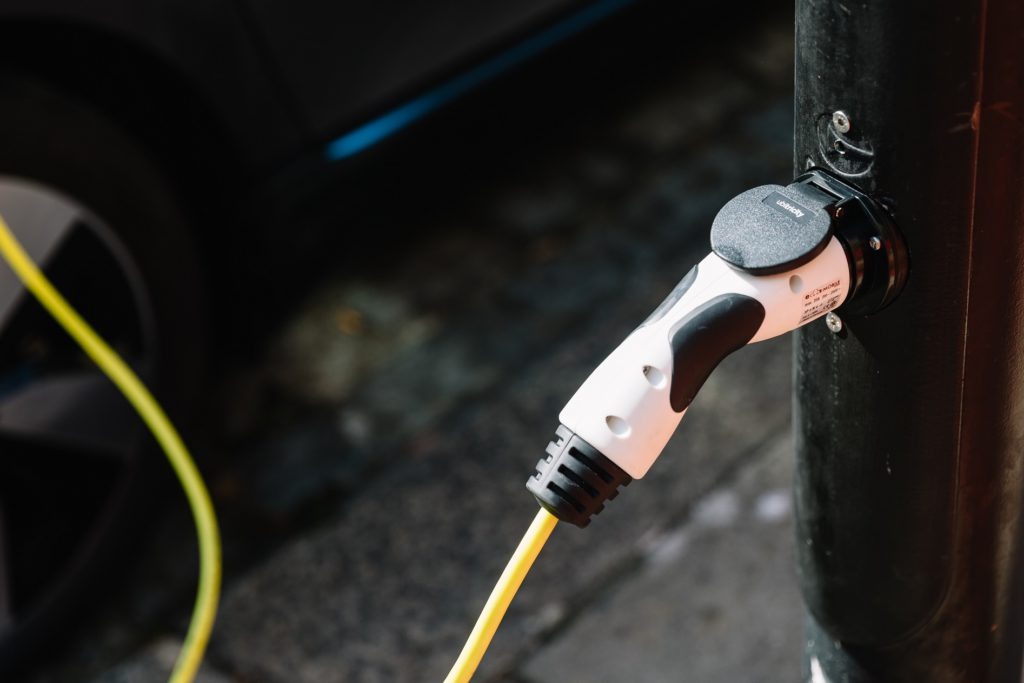ZipCharge launches portable EV charger
06 November 2021

ZipCharge has used COP26 to unveil its portable charging solution for electrically-chargeable vehicles (EVs). Called Go, the device looks like a small suitcase with a capacity of 4 to 8kWh. It is capable of boosting an EV battery with 32km of range in just over half an hour.
‘We are delighted to be launching the Go at COP26, it is the perfect place to introduce ZipCharge to the world,’ said co-founder Jonathan Carrier. ‘In light of the government’s recent “Net-Zero Strategy: Build Back Greener” manifesto announcement, never before has the automotive industry had cause to innovate so rapidly to help us reach a low carbon future.’
Carrier acknowledged one of the primary barriers to EV adoption is charging anxiety. Without ready access to electric infrastructure, consumers are less likely to adopt the new powertrain type. ‘ZipCharge removes that hurdle and, in doing so, will democratise EV ownership,’ Carrier claimed.
Mobile charging
The Go is ZipCharge’s first step towards a global platform of portable EV infrastructure. It combines hardware, software, machine learning and adaptive ownership models to offer more affordable and portable EV charging. The national power grid also gets access to a flexible and intelligent energy management platform. Currently under development, the first models can be expected in the final quarter of 2022.
Charging the device is achieved with a standard domestic plug, costing less per kWh compared to public infrastructure. Users wheel the unit over to their EV using a retractable handle. The cable is then locked into the charging port, securing the unit to the vehicle. ZipCharge states it can be used in all ‘normal’ weather conditions like a regular fixed point.
The claim of an additional 32km range in 30 minutes was calculated using a long-range Tesla Model 3, based on the manufacturers’ stated usable battery capacity and official WLTP figures. After charging, the Go can be stored in the vehicle’s boot, or at home.
Intelligent infrastructure
Packed into the small unit are high energy density NMC lithium-ion battery cells. Equipped with a bi-directional AC-DC inverter means the Go can perform two-way charging to and from the grid as well. So, the unit can store cheaper off-peak electricity and feed it back at peak times.
For those concerned about the security of a small and mobile charging unit, the Go is fitted with geo-fencing and tracking technology. An integrated communications module also supports smart charging, over-the-air updates and remote diagnostics.
Users will be able to remotely manage the Go via a mobile app, allowing them to monitor the device and schedule charging. Inbuilt AI will also allow ZipCharge to learn usage patterns and schedule recommendations to make use of off-peak energy times, saving money and reducing pressure on the grid.
Design elements
The Go’s design attempts to balance functionality and form. The power panel displays charging functions and status LEDs to make the charger easier to use. The front cover is also customisable with a range of colours and finishes. Plus, it employs an aluminium frame to house major systems, improving the integrity and stiffness of the unit.
The Go emphasises energy efficiency and minimal losses. The outer shell will be made from post-consumer recycled plastic. Then, by the second half of the decade, ZipCharge wants all its chargers to be made from recycled materials.
The unit will be available through a hardware-as-a-service model. The device will be available to purchase outright or on subscription for a minimum of £49 (€57) a month. Basic software functionality will be available to all users so charging can be planned. The enhanced AI software functionality and insurance look to be available for a monthly fee.


